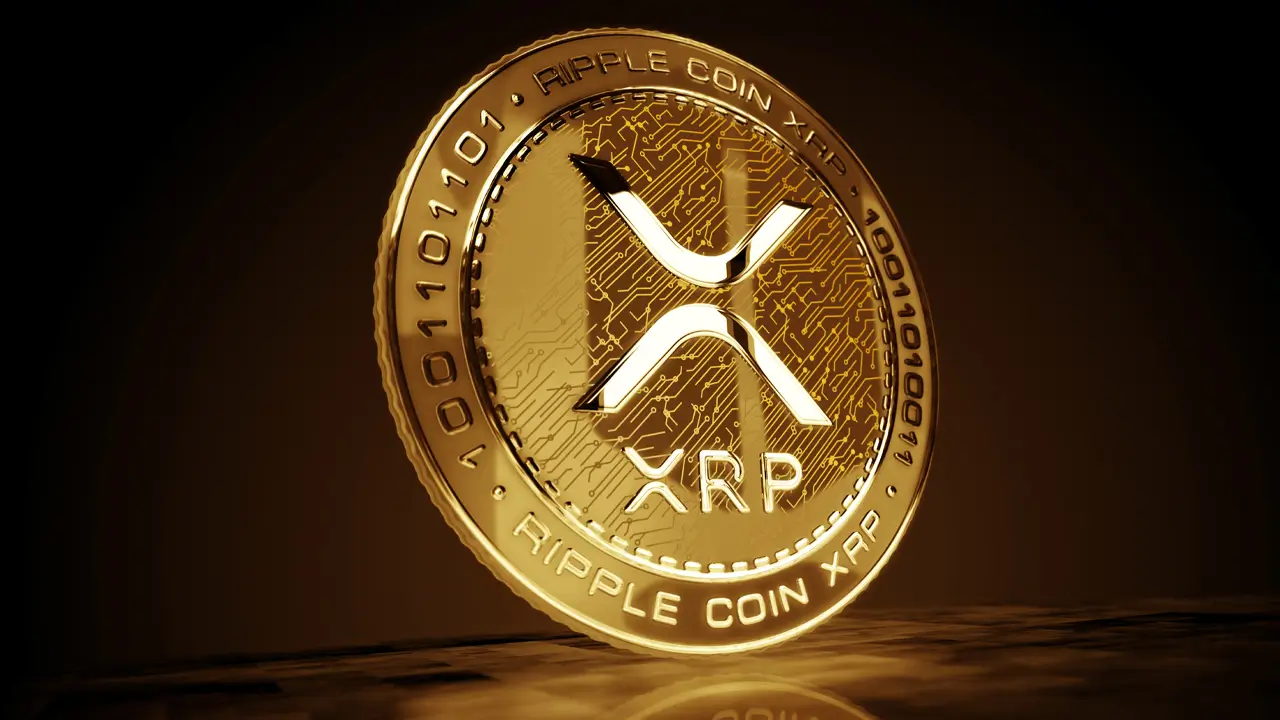- Ripple aims to disrupt SWIFT with XRP’s expanding liquidity role.
- RLUSD adoption drives demand and deflationary pressure on XRP.
- Blockchain auditability positions XRP as a trusted institutional asset.
Ripple’s XRP is gaining traction in the regulated payments space, as growing adoption and compliance developments push it further into mainstream financial ecosystems.
According to Paul Barron, RLUSD, a regulated stablecoin, is now live on the XRP Ledger (XRPL) with full compliance under the GENIUS Act’s 1:1 reserve requirements and regular audits.
All transactions within RLUSD conducted through XRPL burn some XRP, making the digital currency deflationary. Although the amount burned per transaction is small, analysts think the rising adoption of RLUSD might raise the utility of XRP in institutional networks.
XRP has become a bridge currency that makes the transfer of digital and tokenised assets faster and easier.
🚨 GAME CHANGER: With $RLUSD already compliant with the GENIUS Act’s 1:1 reserve requirements and monthly audits, XRP becomes the bridge currency for a regulated digital payments ecosystem.
Every RLUSD transaction on XRPL burns $XRP, creating deflationary pressure while…
— PaulBarron (@paulbarron) July 20, 2025
Also Read: Stellar (XLM) Set for Golden Cross Breakout as Bulls Target $1 Surge
Vincent Van Code noted that the price effects of the burn might take years to become apparent, but the introduction of stablecoin already triggers the liquidity demand of XRP. He said that both enterprises will need a significant amount of XRP to service payment rails (particularly in tokenised finance and settlement layers).
Ripple Targets SWIFT Market Share with XRP Liquidity Advantage
Ripple CEO Brad Garlinghouse recently shared a bold outlook during an event in Singapore, projecting that XRP could capture up to 14 per cent of SWIFT’s market share within five years. He noted that while SWIFT leads in messaging, XRP is set to disrupt the liquidity aspect of global finance.
Garlinghouse pointed out that XRP facilitates real-time settlement, an aspect that averts major inefficiencies of cross-border settlements. He continued that Ripple is involved in solutions based around blockchain-based liquidity solutions, and XRP is already being applied in real-world institutional and remittance use cases.
David Schwartz, Ripple’s CTO, also emphasised the necessity of auditing financial systems. He stated that traditional financial audits are based on fragmentary and sampling data, whereas the XRPL blockchain ledger has complete transparency.
This change and confidence in blockchain networks to conduct regulated financial activity have become favourable.
Conclusion
With RLUSD driving adoption and Ripple targeting SWIFT’s dominance, XRP is becoming a central asset in global liquidity transformation. As institutions prioritise transparency and speed, XRP’s role within regulated blockchain finance continues to expand.
Also Read: Trump Media Pours $2B Into Bitcoin, Plans Crypto Token for Truth Social
